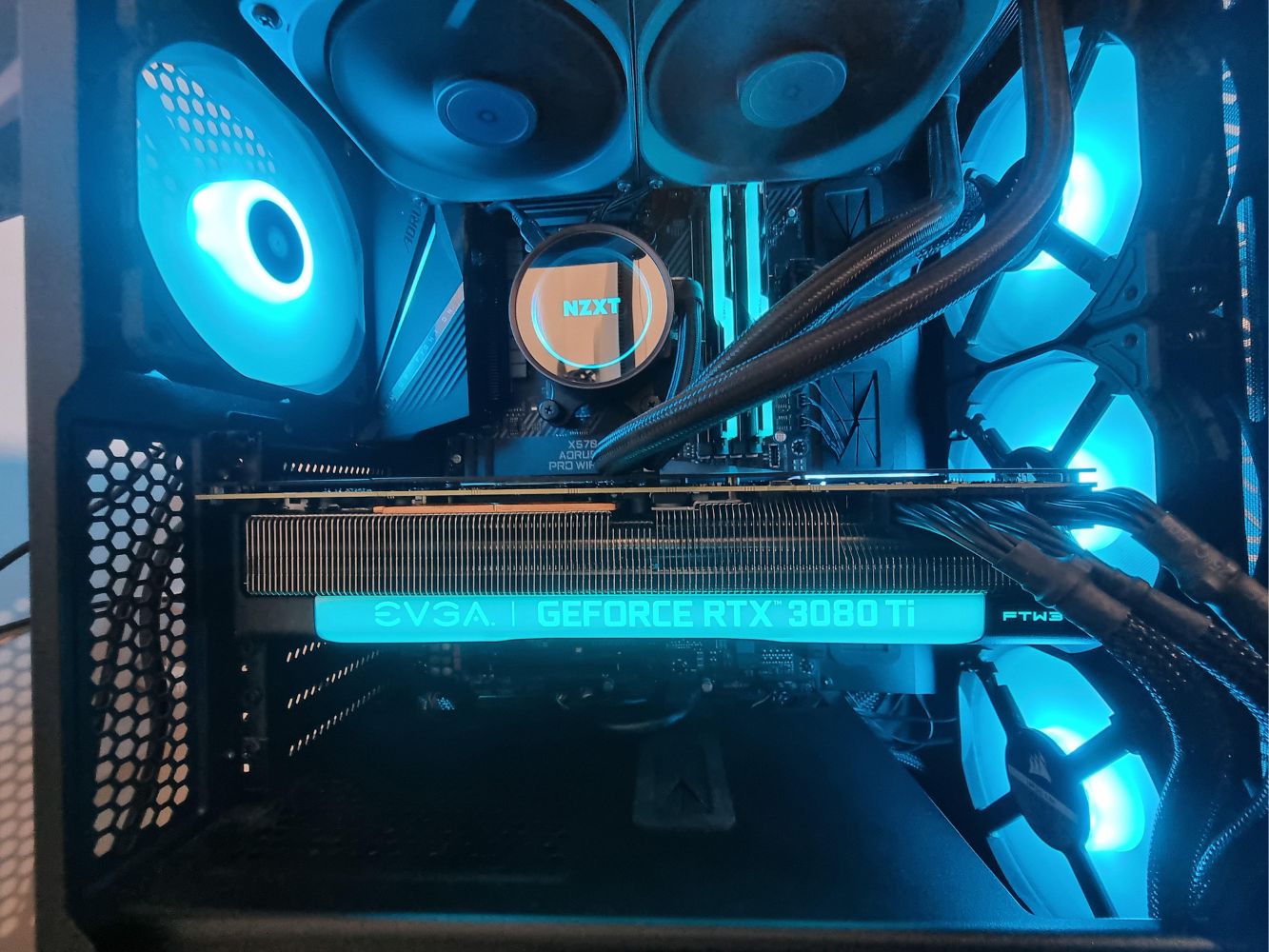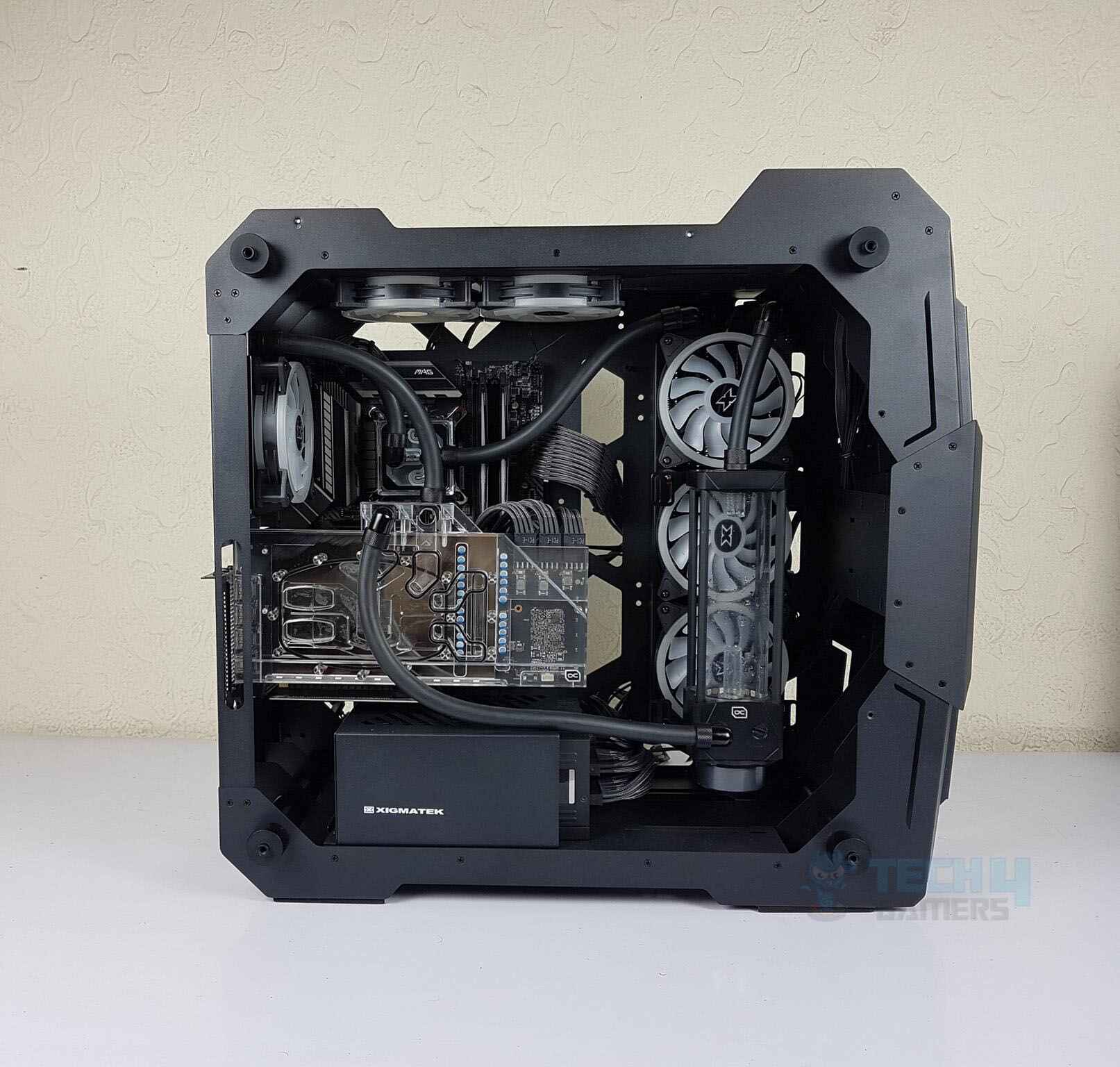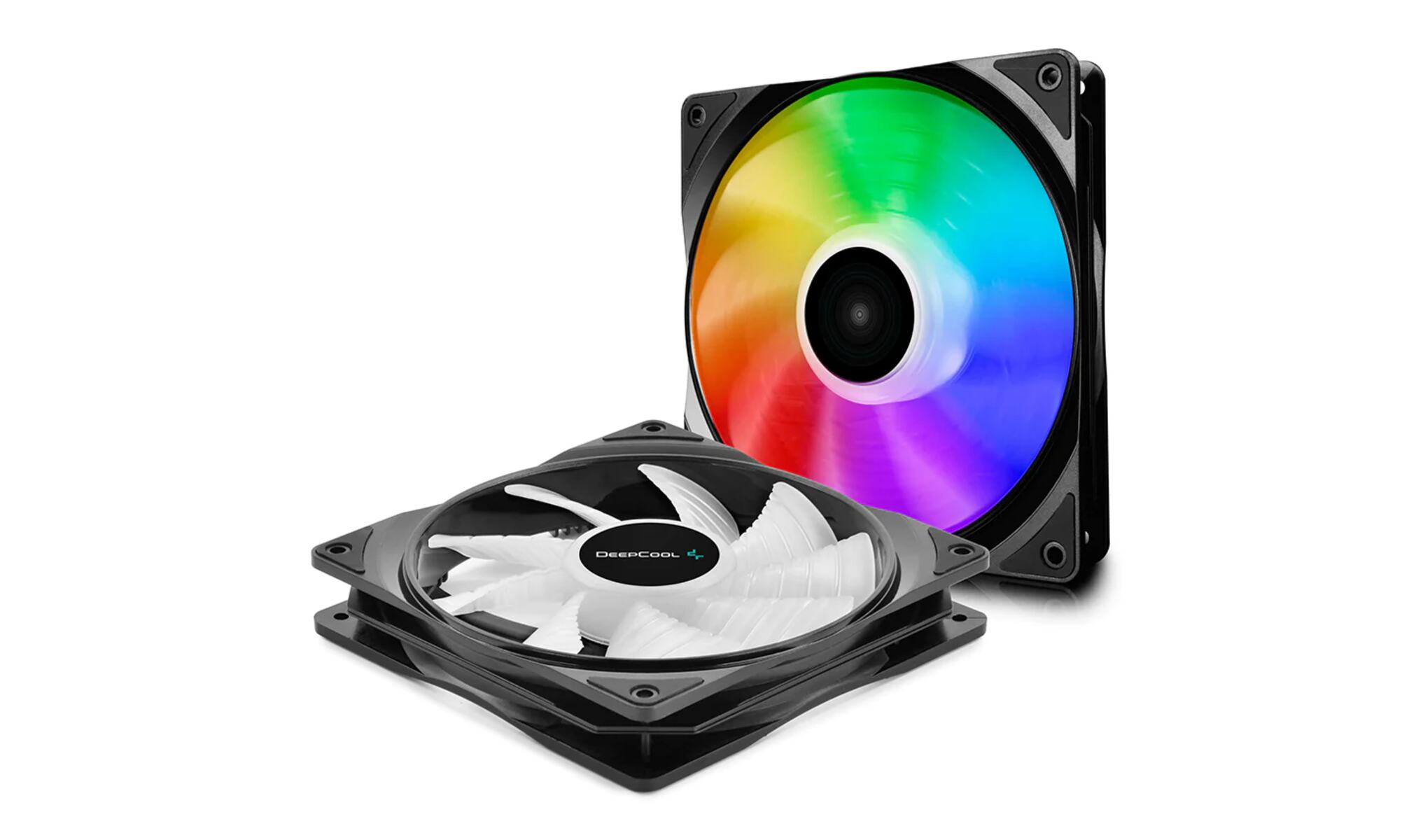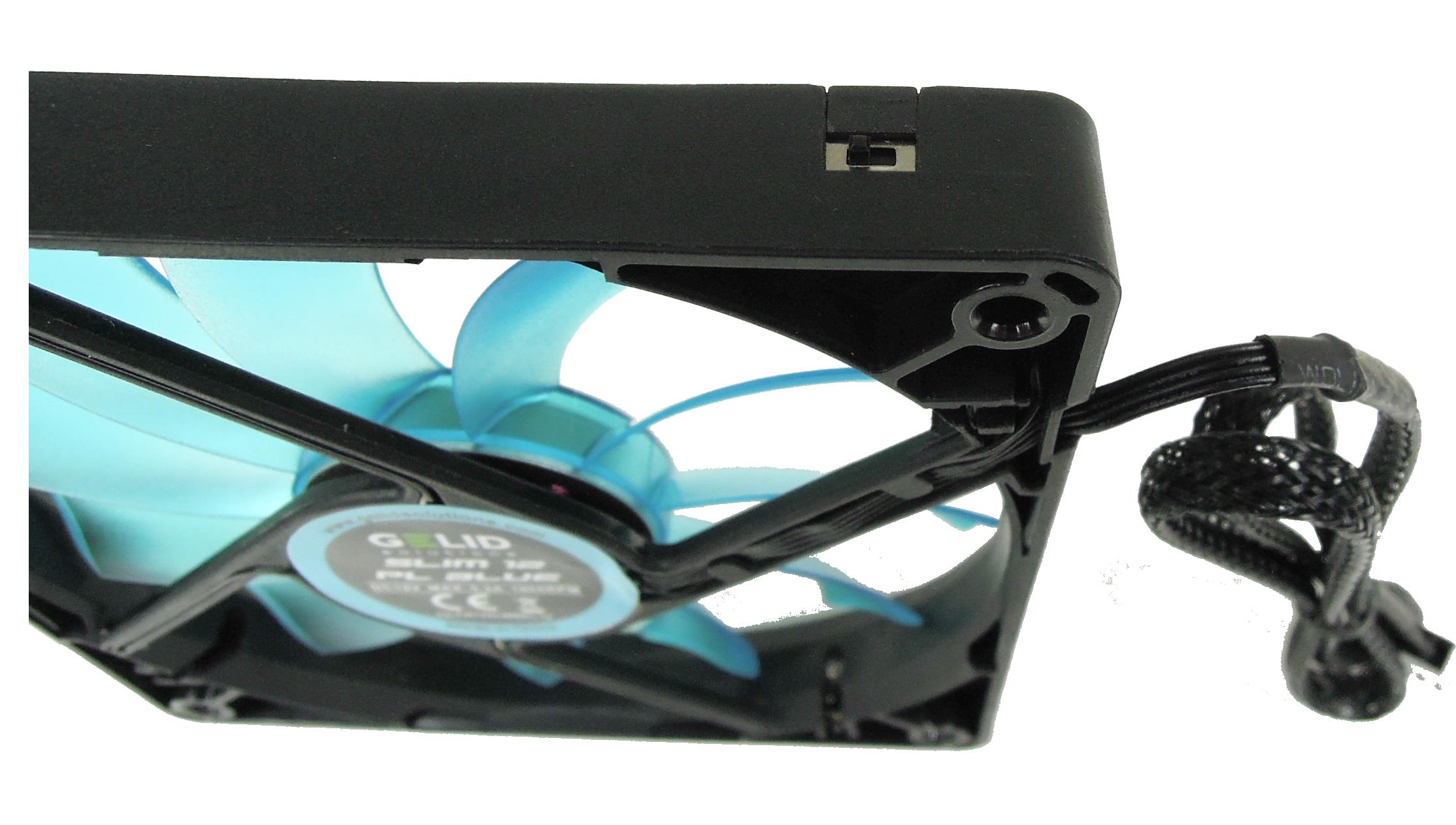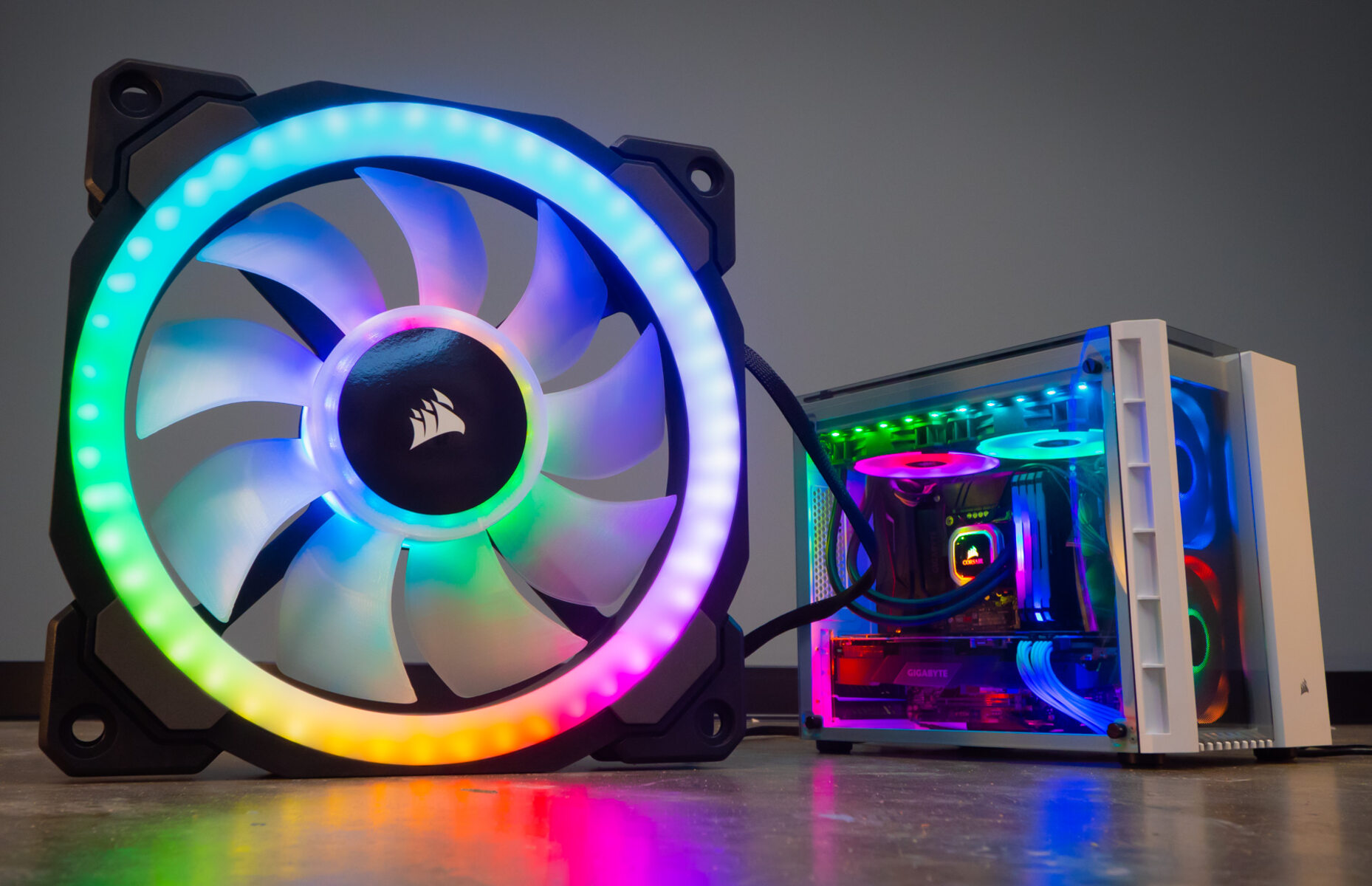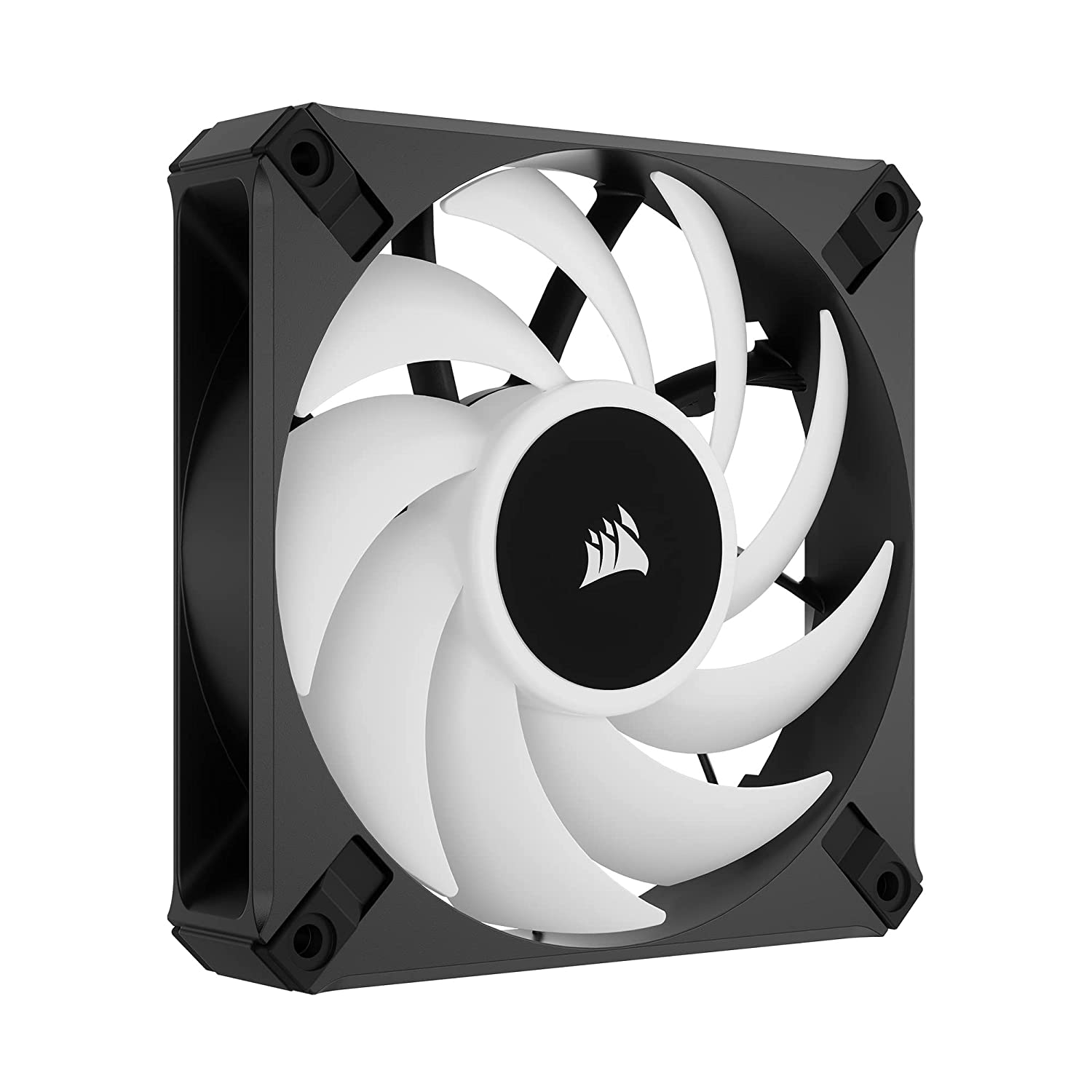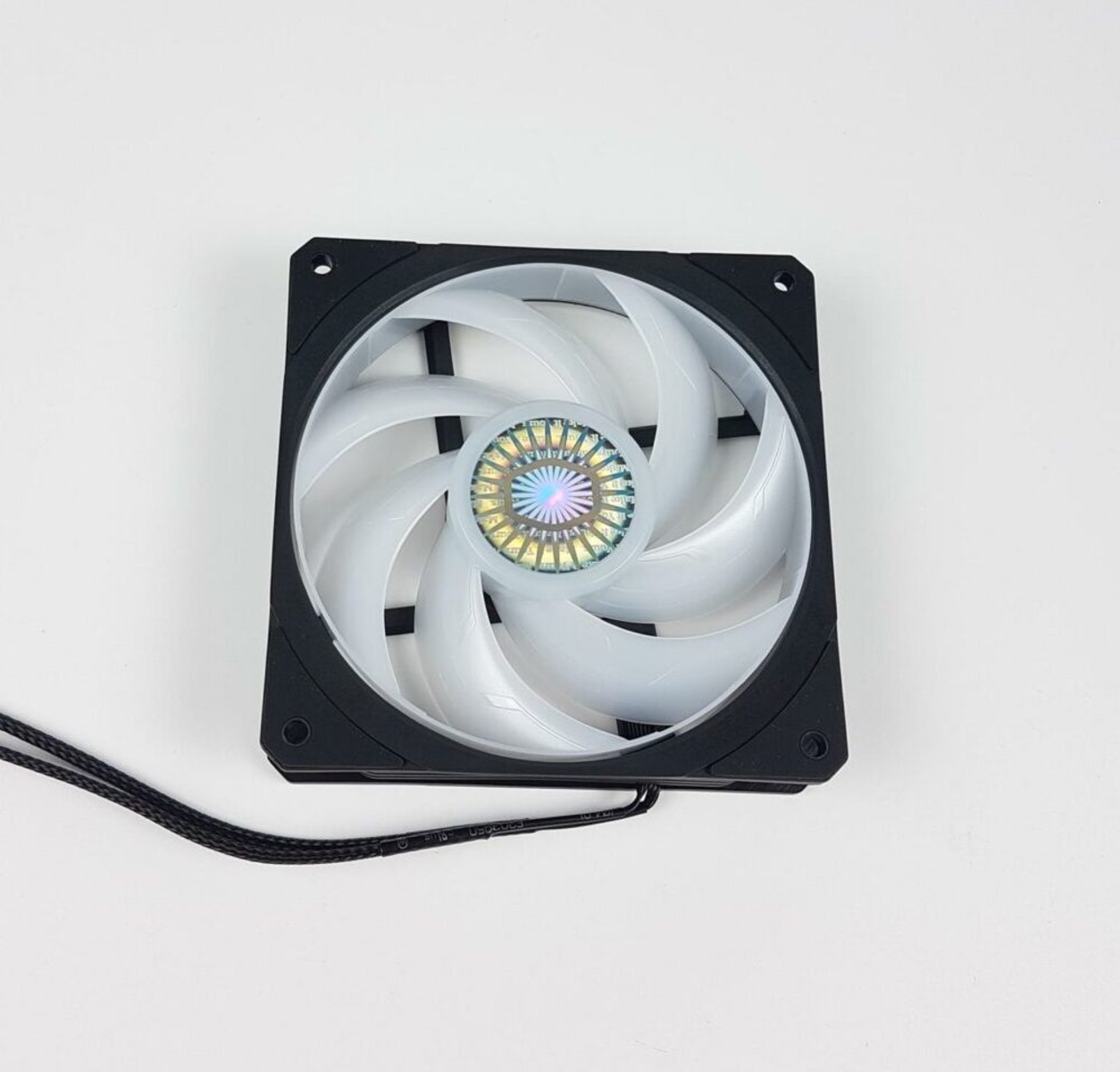Introduction
Welcome to our comprehensive guide on determining the RPM (Rotations Per Minute) of your PC case fans. As an integral component of a computer system, case fans play a crucial role in maintaining optimal temperatures and ensuring that your computer runs smoothly.
Knowing the RPM of your PC case fans is essential for several reasons. First, it allows you to monitor the performance of your fans and ensures that they are running at their intended speeds. This information can be valuable in troubleshooting potential cooling issues or identifying any fan malfunctions. Additionally, knowing the RPM of your case fans can help you optimize the airflow within your computer, leading to improved thermal efficiency and potentially extending the lifespan of your components.
In this guide, we will explore various methods you can use to determine the RPM of your PC case fans. Whether you prefer accessing the BIOS settings, utilizing software monitoring tools, employing a fan speed controller, or even utilizing a dedicated fan RPM meter or multimeter, we have got you covered.
It is worth noting that the methods discussed in this guide are primarily applicable to desktop computers and may not be as applicable to laptops or other mobile devices. Additionally, while most modern PC case fans come with PWM (Pulse Width Modulation) control, not all fans may support reporting RPM values.
Without further ado, let’s dive into the various methods you can use to find out the RPM of your PC case fans and ensure the optimal performance of your cooling system.
Checking the BIOS
One of the most straightforward methods to determine the RPM of your PC case fans is by accessing the BIOS (Basic Input/Output System) settings of your computer. The BIOS is firmware pre-installed on the motherboard that allows you to configure various hardware settings.
To check the fan RPM in the BIOS, you need to restart your computer and access the BIOS interface. The specific key or combination of keys to access the BIOS may vary depending on your computer’s manufacturer. Common keys include F2, Del, ESC, or F10. Consult your computer’s manual or refer to the manufacturer’s website for the exact key(s) to press.
Once you are in the BIOS settings, navigate to the Hardware Monitor, PC Health, or similar section. In this section, you should find information related to fan speeds. Look for the specific fans you wish to monitor, such as the CPU fan, system fans, or any additional fans you have installed. The BIOS will display the current RPM value of each fan.
It is worth noting that some older BIOS versions may not provide fan RPM readings. Additionally, the displayed RPM values in the BIOS may not always be completely accurate due to varying degrees of precision in reporting. However, checking the BIOS can still give you a good estimate of your fan speeds.
Once you have obtained the RPM values from the BIOS, make a note of them or take a picture if necessary. Restart your computer and let it boot into the operating system. You can compare the BIOS readings with other monitoring methods discussed in this guide to ensure consistency and accuracy.
Using the BIOS to check your fan RPM is a convenient and reliable method, especially if you prefer accessing your computer’s hardware settings directly. However, it is important to remember that not all BIOS versions provide this feature, and some may have limited precision in reporting the fan speeds.
Next, we will explore alternative methods that allow you to monitor your fan speeds using specialized software monitoring tools.
Using Software Monitoring Tools
If you prefer a more convenient and user-friendly method to determine the RPM of your PC case fans, utilizing software monitoring tools is an excellent option. These tools provide real-time information about your computer’s hardware, including fan speeds, temperatures, and more.
There are various software programs available that can monitor fan speeds, such as CPU-Z, HWMonitor, SpeedFan, and Open Hardware Monitor, among others. These tools are generally free to download and offer a wide range of features to monitor and analyze your system’s performance.
To use software monitoring tools to check your fan RPM, follow these steps:
- Download and install the monitoring software of your choice.
- Launch the software and navigate to the fan speed monitoring section.
- You should see a list of fans detected by the software.
- Select the fan you want to monitor and check the displayed RPM value.
The software monitoring tools usually provide accurate and detailed readings of fan speeds. They often include additional features such as customizable fan curves, temperature monitoring, and alerts to help you optimize your system for the best performance and cooling efficiency.
It’s important to note that not all software monitoring tools are compatible with every computer’s hardware configuration. Ensure that you choose a tool that supports your specific hardware and operating system.
Using software monitoring tools is an excellent option if you prefer a more user-friendly approach to check your fan RPM. These tools provide detailed and real-time information, allowing you to monitor and optimize your system’s cooling performance effectively.
Next, let’s explore another method that gives you manual control over your fan speeds: using a fan speed controller.
Using a Fan Speed Controller
If you want to have more control over the fan speed of your PC case fans, using a fan speed controller is a viable option. A fan speed controller allows you to manually adjust the RPM of your fans, giving you the flexibility to customize the cooling performance of your system.
There are two types of fan speed controllers available: hardware-based controllers and software-based controllers.
Hardware-based fan speed controllers are physical devices that usually connect to the motherboard or an available fan header. They provide manual control over the voltage or PWM signals sent to the fans, allowing you to adjust their speeds. Some controllers come with physical knobs or sliders that you can use to fine-tune the RPM.
Software-based fan speed controllers, on the other hand, utilize software interfaces to adjust the fan speeds. These controllers often require dedicated software that communicates with the fan headers on your motherboard. With software controllers, you can make fan speed adjustments directly from your operating system.
To use a fan speed controller, follow these general steps:
- Identify a fan speed controller that is compatible with your system and fan configuration.
- Install the controller according to the manufacturer’s instructions.
- Connect your case fans to the controller.
- For hardware-based controllers, adjust the fan speed manually using the provided knobs or sliders.
- For software-based controllers, launch the accompanying software and adjust the fan speeds from the interface.
- Monitor the RPM values of your fans to ensure they are running at the desired speeds.
Using a fan speed controller not only allows you to monitor the RPM of your case fans but also gives you the flexibility to fine-tune the cooling performance of your system. You can strike a balance between noise levels and temperature control by adjusting the fan speeds to your preference.
It’s important to note that not all fans support external fan speed control. Ensure that your fans are compatible with the fan speed controller you plan to use before making any purchases.
Next, let’s explore a method that provides a dedicated solution for monitoring fan RPM: using a dedicated fan RPM meter.
Using a Dedicated Fan RPM Meter
If you want a standalone and dedicated solution for monitoring the RPM of your PC case fans, using a dedicated fan RPM meter is an excellent option. These handheld devices are specifically designed to measure and display the rotational speed of fans accurately.
A dedicated fan RPM meter typically comes with a compact LCD screen that shows the real-time RPM readings. To use it, follow these steps:
- Turn off your computer and disconnect the fan you want to measure from the motherboard or fan controller.
- Connect the fan’s power cable to the dedicated fan RPM meter.
- Power on the device and wait for it to display the RPM readings.
- Note down or take a picture of the displayed RPM value.
Using a dedicated fan RPM meter can provide highly accurate and reliable readings as it is designed specifically for this purpose. It eliminates any potential inaccuracies caused by software or other factors that may affect readings from other methods.
Keep in mind that using a dedicated fan RPM meter requires physically disconnecting your fan from the system temporarily. It may not be the most convenient method for regular monitoring but can be useful for occasional checks or troubleshooting purposes.
Next, let’s explore an alternative method that involves using a multimeter to measure fan RPM.
Using a Multimeter
If you have a multimeter handy, you can use it to measure the RPM of your PC case fans. A multimeter is a versatile tool that can measure various electrical properties, including voltage, current, and resistance.
To measure the RPM of your fan using a multimeter, follow these steps:
- Set your multimeter to the frequency (Hz) measurement mode.
- Locate the fan’s tachometer wire, which is usually colored yellow or labeled as “TACH” on the fan connector.
- Connect the multimeter’s positive lead (usually red) to the tachometer wire and the negative lead (usually black) to a ground source, such as the fan’s black wire or a nearby grounding point.
- Power on your computer and let the fan spin.
- Read the frequency measurement displayed on the multimeter, and multiply the value by 60 to convert it to RPM (since the tachometer wire outputs pulses per second).
- Note down or take a picture of the calculated RPM value.
Using a multimeter to measure fan RPM can be a cost-effective solution if you already own one. However, it does require some knowledge of using a multimeter and understanding the proper connections.
Keep in mind that this method may not be as accurate as using dedicated RPM meters or software monitoring tools. Additionally, it can be more time-consuming as you need to manually calculate the RPM from the frequency measurement.
Now that you are familiar with various methods of measuring fan RPM, you can choose the option that suits your preference and equipment availability.
Conclusion
Determining the RPM of your PC case fans is crucial for monitoring their performance, optimizing airflow, and ensuring the efficient cooling of your computer system. Throughout this guide, we explored several methods to help you achieve this.
The BIOS provides a direct method for checking fan RPM values, although it may have limitations in precision and compatibility. Software monitoring tools offer a user-friendly and real-time approach to monitor fan speeds while providing additional system information.
If you desire more control over fan speeds, using a fan speed controller allows for manual adjustments. For a dedicated solution, a dedicated fan RPM meter offers accurate readings, while a multimeter can be utilized if available.
Remember to consider the compatibility of the methods with your hardware and choose the option that best suits your needs and preferences.
By monitoring and maintaining optimal fan RPM, you can ensure the efficient cooling and longevity of your computer system. Regularly checking the RPM values of your PC case fans will help you identify any issues, troubleshoot cooling problems, and ensure the overall performance and stability of your system.
Be sure to follow the manufacturer’s instructions and exercise caution when working with hardware components or adjusting fan speeds.
Now that you have a comprehensive understanding of how to determine the RPM of your PC case fans, you can employ these methods to keep your system running smoothly and efficiently.







